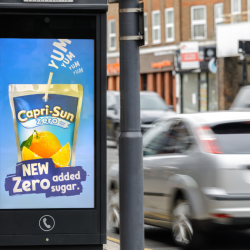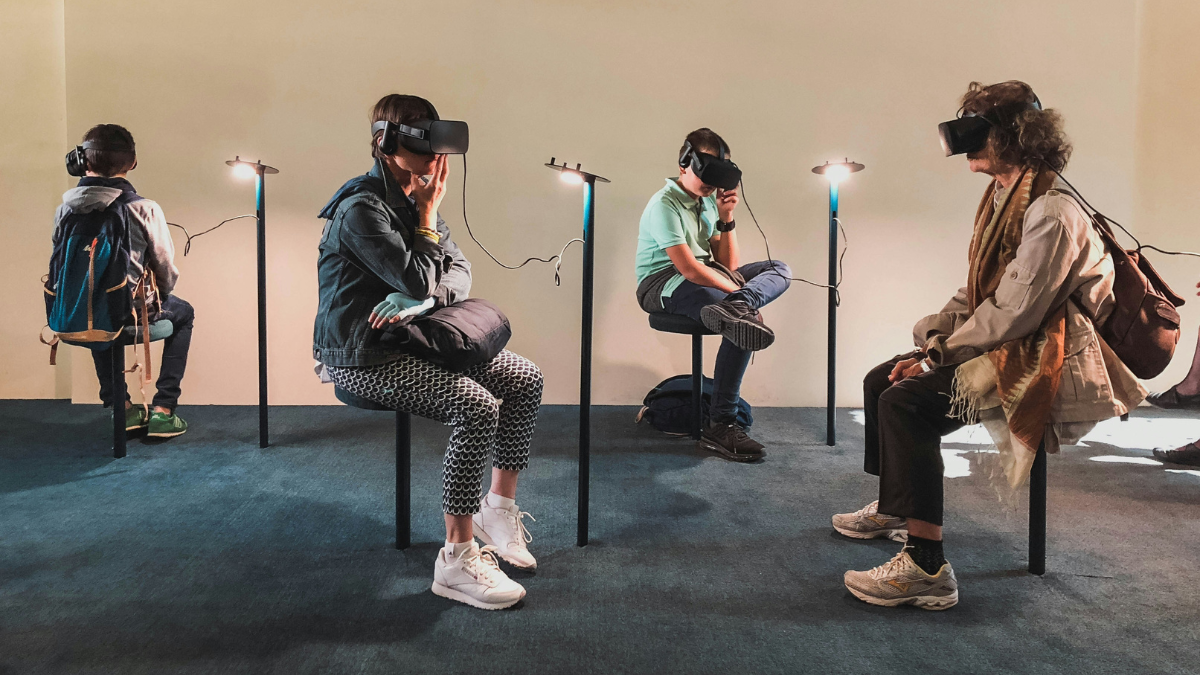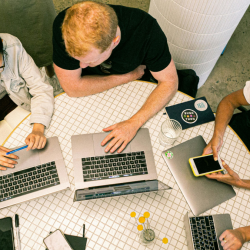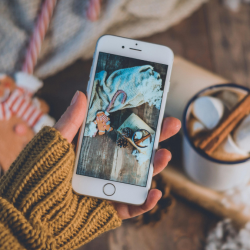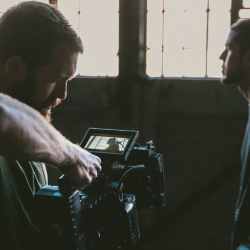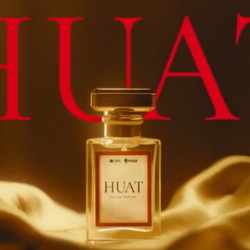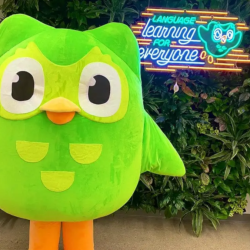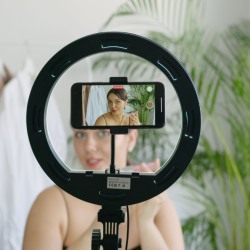No media player enjoys seeing another’s demise. It’s sad that the once cutting-edge nature of their content couldn’t survive the test of time, but what a time it was! I think most people feel great affection for both brands as they set a precedent for creating content that felt so fresh and different at a time when traditional players ruled. But like everything fresh and new, both brands needed to keep diversifying in order to hold that industry position. They matured in a time when culture was moving fast, and staying relevant was harder than ever. The Independent’s recent takeover of Buzzfeed’s remaining operations, combining data and advertising platforms, keeps alive an innovative company whose content still resonates with young audiences.
Building a media brand is a delicate balance of editorial that speaks to its audience and ensuring a strong business model. Ultimately, it felt from the outside that the business models of both brands failed to keep up with the pace and innovation displayed in their editorial. I can only imagine how hard it was for both businesses to remain vigilant and diversify their media/client offer at a time when social media was exploding.
If we can learn anything, it’s that new entrants and legacy media brands need to employ diversity of thought within their commercial businesses, in order to innovate and meet the demands of a rapidly changing world. We can’t afford to rest on yesterday’s methods if we want to survive.
Building trust through brand
What people want from news is changing. BuzzFeed and Vice were fantastic reactors and listeners to their audiences. Their approaches were built from what their audience told them was successful — not what editors thought they should know. The messiness and serendipity of their methods meant they bought affection from fans, and a connection with their audiences which wasn’t [just] rooted in quality, but character, too. This bought them the ability to experiment in the way people expected from digital/social players in a thoroughly trailblazing way. The delivery felt peer-to-peer rather than patronising.
And while this was true on the one hand, it’s not to say a socially native audience today doesn’t also want the facts. More than 40% of Gen Zers start with TikTok or Instagram in their search for information and 57% of Gen Zers believe it’s more convenient to consume news on social media than it is to look it up on the internet, websites, or apps.
However, this cohort is also more wary of misinformation on these platforms, with more than half worried their feeds might be too biased and feel susceptible to bad information. The AI election is already here — real threats to democracy are coming from harder to verify content. Real damage can be done through AI generated political content. In the past year we’ve already seen deepfakes of Keir Starmer and Rishi Sunak and in US Super Pacs are funding chatbots to campaign for candidates. The sophistication of image/video generation from the likes of Midjourney and OpenAI’s Sora will present even greater risks. Gen Z who are digital natives will find it difficult to verify information without reliable news sources.
The pendulum feels like it is starting to gently land in the middle, and that’s what we believe we’re achieving at The News Movement. We’re capturing the spirit of social with the weight of news: a balance of the rigour of journalism with the pace and creativity of social content. My hope is that more traditional media titles jump on board and join us, to keep innovating and bringing the power of journalism to the spaces where people spend most of their time online.
The mutual uplift
The balance of editorial and commercial success is a tender one — both strengths need constant TLC, innovation and drive. At The News Movement we have constructed our commercial business as an agency (The Collective) and rather than an old money ‘sales + marketing team’ we have recruited people from creative and media agencies, to deliver work for clients that’s more akin to comms consultancy, than simply replying on the strength of impressions or reach.
Whilst completely separate to the news arm, similar journalistic techniques are used to tap-in to culture and fast moving trends to increase brand awareness, business performance and/or favourability.
Good news
Vice and Buzzfeed were ahead of their time, in so many ways. They’ve been the launchpad for some of our generation’s most brilliant journalists and creators, but their business model was not as sustainable as their journalism was innovative. The media industry is struggling and new models of monetisation are being tested. Diversifying routes of monetisation whether through direct donations, subscriptions or brand partnerships will be key to sustain media. In-house agencies like Guardian Labs or our agency, The Collective, will also have a role to play in monetisation.
Curated news is also seeing monetary success — Substack’s data shows 3 million people pay for newsletter content, up 50% from 2021 proving there’s value in personalised news. The value proposition will be clear when audiences feel their interests are represented. With a crucial year of politics ahead, the potential spread of misinformation has implications for everyone. Without well-funded journalism from reliable sources, misinformation will distort the perception of everything online. And this matters to governments, brands, publishers and audiences alike.
Buzzfeed and Vice succeeded because they met audiences where they were, but they couldn’t do it alone. If we want to create a sustainable media environment that keeps pace with audience expectations — we will need to work together.
Featured image: Vice
